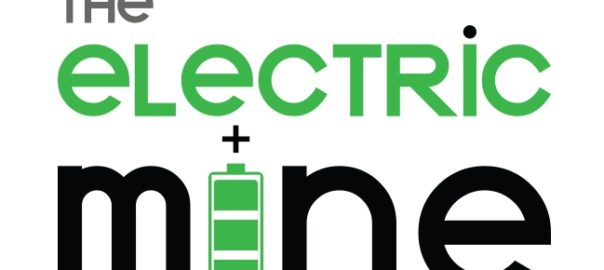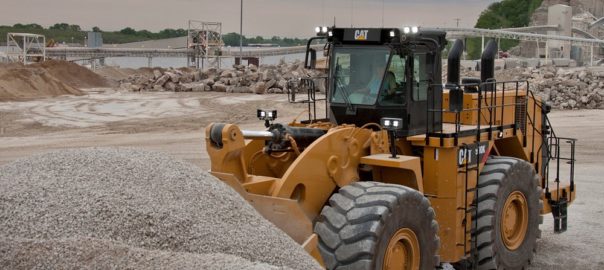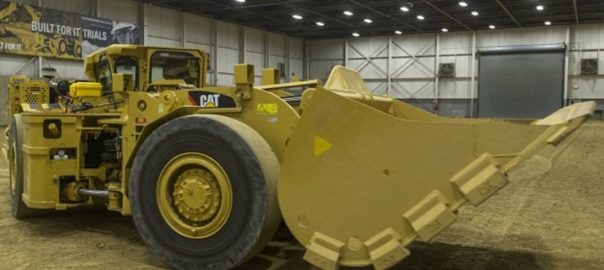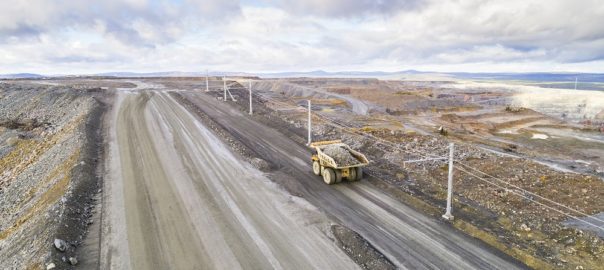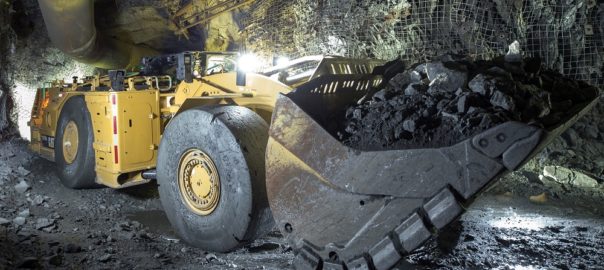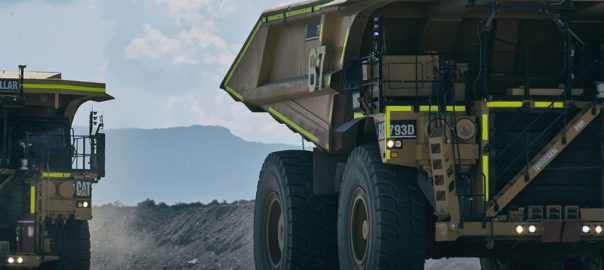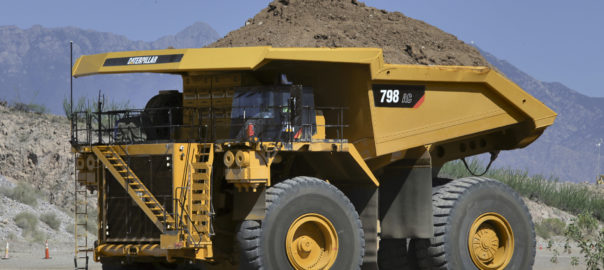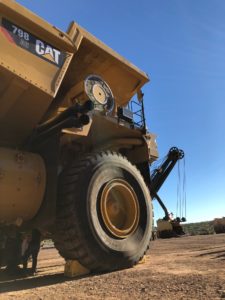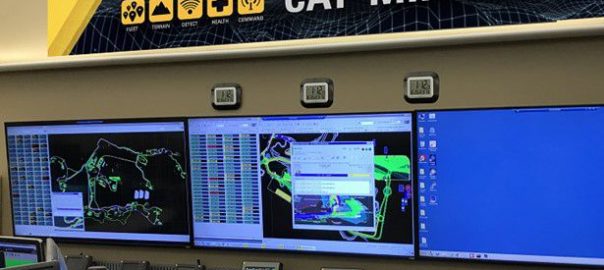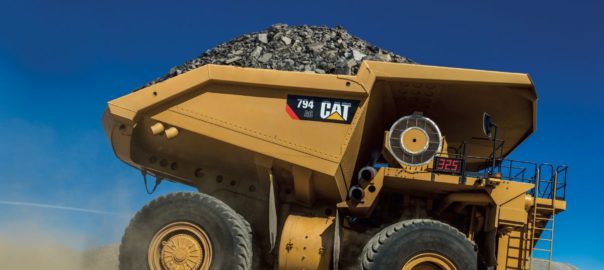With just under four months to go, The Electric Mine conference is charging up to full capacity.
IM has been able to assemble a world-class speaker line-up covering the entire mine electrification process – from R&D and power infrastructure, to battery charging and electrified equipment.
The conference, to take place on April 4-5, 2019, in Toronto, Canada, will host the great and the good in this fast-evolving sector and hear case studies from real mine trials or applications.
This includes a presentation from Kirkland Lake Gold, which is currently running one of the largest in-production underground battery-electric fleets in the industry at its Macassa gold mine in Canada.
Just last month, IM heard that some 33 units were active underground at the deep and high-grade mine in Ontario and Andrew Schinkel, Senior Electrical Engineer of the Macassa Mine Complex, will most likely be able to add to that number, as well as comment on the fleet’s productivity, come conference time.
The soon-to-be-in-production Borden gold project, also in Ontario, will be under the spotlight at the event, with the involved OEMs and mining company collaborating on stage as they have during mine development. 
Maarten van Koppen (pictured, left), Senior Project Engineer at Goldcorp Porcupine Mines, Jeff Anderson, Senior Mechanical Designer, MacLean Engineering, and a Sandvik Mining co-speaker (to be confirmed), will present: ‘The Borden Gold Project – lessons learned from the ‘mine of the future’ and the crucial role of partnerships in building an all-electric underground mine’.
The major mining representation does not end there.
Samantha Espley, Director of the Technology & Innovation Centre for Mining and Mineral Processing, Vale Base Metals Operations, will chart the mining company’s roadmap to underground electrification in Sudbury during her talk; expect the OEMs in the room to ask questions about the future fleet for the Creighton deep zone!
Caterpillar’s Product Manager for Underground Technology Solutions, Jay Armburger, is also set to take to the stage at the Radisson Admiral. The focus of his talk will be on heat generation, comparing battery and diesel LHDs underground. A few passing references to the proof of concept R1300G LHD trials it ran not all that long ago at an underground mine in Sudbury, Canada (pictured, right), are likely.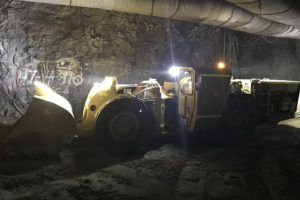
We’ll also hear about developments above ground.
A joint presentation from Karl Trudeau (Nouveau Monde Graphite), Michel Serres (ABB Canada) and David Lyon (MEDATECH) will shed some light on what it will take to create an all-electric open-pit mine able to produce 100,000 t of graphite concentrate at NMG’s Matawinie project in Quebec, Canada.
Those three speakers could be in the front row for Per-Erik Lindström’s talk on The Electric Site project in Sweden.
Lindström, Vice President Global Key Account Management for Volvo Construction Equipment, has seen first hand how battery-electric equipment can move the needle in terms of cost and emissions at the Skanska Vikan Cross quarry, just outside of Gothenburg, and there are more than a few miners interested in the prototype machines (pictured, left) the OEM has manufactured for this purpose. 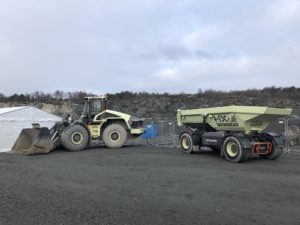
These presentations will be complemented by a talk from Heather Ednie, Managing Director, Global Mining Guidelines Group, on the second edition of the group’s Battery Electric Vehicle guideline; an opening keynote from Ali G. Madiseh, Canada Research Chair in Advanced Mine Energy Systems, Norman B. Keevil Institute of Mining Engineering, University of British Columbia, titled: ‘The Electric Mine: a new norm in mine energy systems’; Erik Isokangas, Program Director, Mining3, discussing the value proposition for autonomous electric haulage; and Doug Morrison, President and CEO, Centre for Excellence in Mining Innovation (CEMI), looking at electrification to maximise productive capacity.
Meanwhile, Justin Bain, Chief Executive Officer, Energetique (Energy/Mobility), will fly in from Australia to pronounce the death of diesel Down Under – his firm has recently been involved in the conversion of diesel utility vehicles to battery-electric drive.
Along similar lines, Paul Miller, of Miller Technology, will talk about what goes into developing an innovative fully-electric light utility automobile, designed for continuous underground operation.
IM then has two behemoths in the mine power sector, Siemens and Schneider Electric, looking at the all-important infrastructure that goes into electrification.
Dr Bappa Banerjee, General Manager, Mining Equipment, GE Transportation, will look at the electric future for load and haul in his keynote, Mathieu Bouffard, Project Manager, Adria Manufacture, will cover battery charging and power management of battery-electric vehicles, and Don Duval, CEO of NORCAT, will showcase some of the new technologies that have come out of the organisation’s Underground Centre in Sudbury.
This speaker line-up is only set to improve as we move into the New Year, with IM in advanced discussions with more OEMs and miners looking to present.
The first global event on mine electrification continues to charge ahead…
If you’d like to hear more about The Electric Mine conference – including presenting and sponsorship opportunities – please feel free to get in contact with Editorial Director Paul Moore ([email protected]) or Editor Dan Gleeson ([email protected]).
To view the full speaker line-up, venue details and to take advantage of the soon-to-expire Early Bird attendance rate, please visit the event homepage here.






